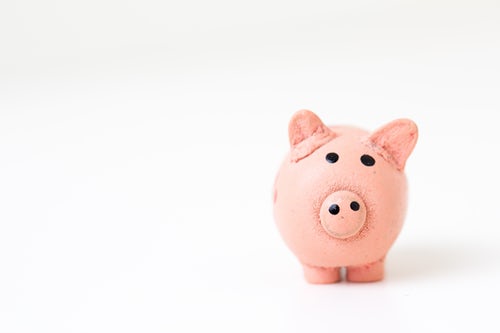Investments can often seem daunting, and you may not be sure how and where to start. In our latest series, we break down the different types of investments available in Singapore and guide you through the various steps to investing.
Investing is like holiday homework. You sit down at your desk, resolved to get it done. Until you lay it all out and realise how much there actually is to do. Hastily, you shove it away to a distant corner. After all, you have the entire holiday to finish it right?
Then, January comes and you unearth the long-forgotten stack of assignments. By now, it’s quite impossible to finish it.
That’s how it is with investing. The first time you pull together a bit of savings—perhaps from waiting tables on weekends, or the remains of your internship allowance—you are driven to shield it from inflation and multiply it through investing.
But the sheer amount of investing advice available through blogs, videos and books, often conflicting, makes investing seem awfully complex and inaccessible. Coupled with the fear of risk, it is no wonder if many end up not investing at all.
However, just as with holiday homework, the key is to simply get started, and this series of articles is meant to help you do so. The returns of these investments might be modest, but they are low-risk and require practically zero effort – perfect for clueless first-time investors.

Eventually, you may progress to other forms of investment to diversify your assets and potentially reap greater returns. That would require far more research, time and effort. Until then, why not make use of these articles to finally get started on that long-overdue holiday homework?
Investing Part 1: Singapore Savings Bonds (SSB)
This is arguably the simplest investment – it works more like a bank account than a bond, and everyone knows how a bank account works: Put money in. Money inside earns interest as long as it stays in the bank account. Take money out.

It’s essentially the same with the Singapore Savings Bonds (SSB), except that the ‘bank’ in this case is the very government of the Republic of Singapore (which means, for your investment to be in jeopardy, our country must in some awfully serious trouble).
You deposit money in this ‘bank account’ by purchasing the bonds. The money earns interest at a rate that far exceeds that of your typical bank savings account. You withdraw money by redeeming the bonds any time you desire.
That is perhaps the greatest advantage of the SSB—it’s tremendous flexibility. You can redeem the bonds whenever you want, and your invested cash along with its accrued interest will be returned to you by the beginning of the following month.

Your only loss would be the paltry $4 transaction fee ($2 multiplied by 2 for both purchase and redemption). This is unlike other stocks and bonds, where you might incur a hefty loss should you need to sell your investments quickly at a low price. In addition, the interest rates for the next ten years are fixed at the purchase of the SSB, which means returns are guaranteed.
Buying SSB: An Idiot-proof Guide
1. Apply for a Central Depository (CDP) account with your bank.
You must have a bank account with DBS/POSB, OCBC or UOB to purchase SSB. If you do not have an account with one of these three banks, you would have to open one first.
If you do, you can simply proceed to apply for a CDP account with your bank through mail. This typically involves filling in a form and mailing it to them with supporting documents (specific instructions should be available on your bank’s website).
2. Check The Interest Rates
The interest rates are available on SSB’s website. We shall use this month’s bond as an example, titled SBJan’19 since the actual issuance of this month’s bond takes place at the beginning of the following month, which is January.
Enter the amount of money you plan to invest as the input amount, and hover your mouse over the bar charts to see the interest payouts that you would receive biannually (should you redeem the bonds before the scheduled biannual payout, you would receive a pro-rated sum of accrued interest).
Interest rates increase progressively every year, as evident from the ascending trend of the bar chart. This means that the longer you are able to resist redeeming your bonds, the higher the interest you will earn every year.
3. Purchase Bonds
After comparing the interest rates with those of other months, decide if you want to purchase this month’s bond or keep the cash and hope for better a rate the next month. When you do eventually decide to make a purchase, the easiest way is through internet banking.

With a mere few clicks, your invested amount would be deducted from your bank account (along with the cursed $2 transaction fee), and then you’re done.
Well, almost.
If there is excessive demand, your purchase will be rejected and your investment refunded (unfortunately, excluding the cursed $2 transaction fee) at the beginning of the following month.
From experience, however, this is fairly uncommon. As long as you don’t receive the refund by the end of the first week of the month, you can safely assume that the purchase has been approved. If you want to be sure, you can check the CDP’s website, which lists all your purchased bonds.
4. Do Nothing

There is no monitoring that you need to do, since the interest rates are already fixed at purchase. Simply lay back and watch your interest payouts come rolling into your bank account (the one linked to the CDP account in step one).
At the end of ten years, your bond will reach its maturity date. Using the bank account analogy, it is as though your ‘account’ is closed and upon receiving your last interest payout, the entire initial capital is returned to you.



















